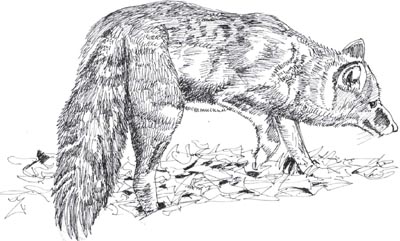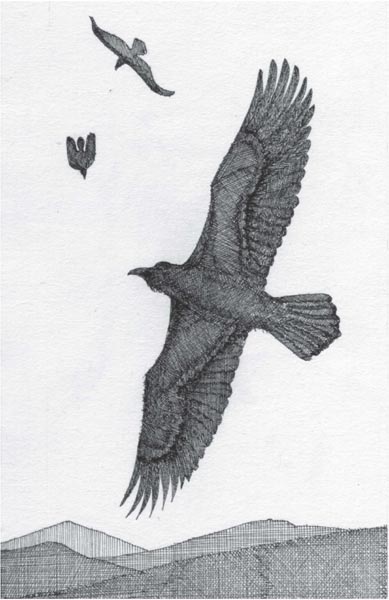
Wild Woods: the magic of Ireland’s native woodlands
Richard Nairn
Wild Woods is an account of a personal experiment undertaken by ecologist Richard Nairn. Made somewhat despondent by a lifetime trying to influence countryside policy in Ireland, Nairn turned to nature itself for a new shot of inspiration. Using cash from his future pension he bought a small wood on which he could, at least on his own piece of land, prevent what he describes as the catastrophic decline of wildlife.
In his introduction Nairn lists some shocking facts: in spite of being listed by the EU as ‘highest-value habitats’, Ireland’s special-designated-areas have declined to ‘poor’ or ‘inadequate’. Almost a third of all species of flora and fauna are threatened with extinction. Waterways and lakes are becoming increasingly toxic.
It is very disappointing to discover how a country, famed throughout the world for its natural beauty, is creating its own destruction. The gashes caused by the wholesale removal of peat bogs have long been obvious and the preference for coniferous timber trees rather than broadleaved woodland forests can be seen on the slopes of the hills. But it may be that rather than turning a blind eye, Irish people just have not realised the severity of the situation.
Anyone reading Wild Woods will have their consciousness well and truly raised. But conservationists, who are aware of the dangers, find themselves fighting against barricades raised by all sorts of commercial lobbyists. It is like being in Maze Runner: a series of cul-de-sacs and dead ends. If it is not farming interests it is something else, although it always seems to come back to farming interests.
Ironically the custodians of the original woodlands were planters from the UK who also had the foresight to place and nurse avenues and stands of saplings for the benefit of their heirs. On their estates woodsmen toiled under the canopies, coppicing and felling, for the health of the remaining trees. The chopped out logs were used for a wide variety of domestic necessities or burnt for charcoal. Nairn’s research was, of necessity given the history of Ireland, based on the British documents such as the19th century Ordnance Survey maps as well as inventories and journals maintained by the colonisers.

In his book A Natural Year, recently reviewed in these pages, Michael Fewer complains about the way that, in spite of his repeated efforts, Coillte continued to neglect a pond in the woods near his house. It was allowed to become stagnant and lifeless. In Wild Woods, on the other hand, Nairn writes about the recently established, not-for-profit venture Coillte Nature which aims to move towards bio-diversity and ecosystem services. Nairn finds hope in this national effort and not just because it supported the publication of his book. He hopes that those of his peers who Coillte Nature employs to achieve their admirable aims will be able to learn from grassroots projects such as his own, scaling up the methodology to sizeable regenerations across the country.
Wild Woods is not as overtly political as this review makes it seem. It is in the personal investment of funds and time that Nairn’s manifesto is expounded. The book is actually about the way he works his muddy, overgrown copse to benefit the plants, birds, animals and insects that inhabit or used to inhabit it. Structuring the text season by season he relates how he restores and rehabilitates, painstakingly, the bio-diversity that originally pertained in bygone times. He is passionate about his wild wood.

Reading Nairn’s book is an opportunity to learn, not only what needs to be done across the island, but also how relatively easy it would be to implement some small changes for the better even in a back garden. And in a time of pandemic the story will communicate feelings of wellbeing just like those Nairn experienced as he tackled a backbreaking task or stood, for long quiet musing minutes with his boots deep in forest mast, listening for the tiny sounds of vertebrate and invertebrate creatures and the whisper of the breeze in the leaves.
Works cited
Fewer, M. A Natural Year. Merrion Press. 2020.
Nairn, R. Wild Woods. Gill Books. 2020.
A version of this review was first published on page 37 of the Weekend section of the Irish Examiner on 30th January 2021. It is reproduced here by permission of the Editor.






